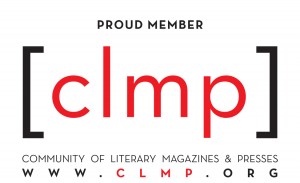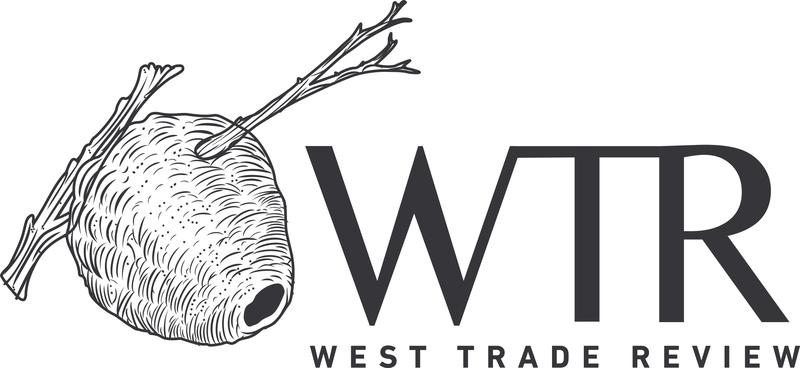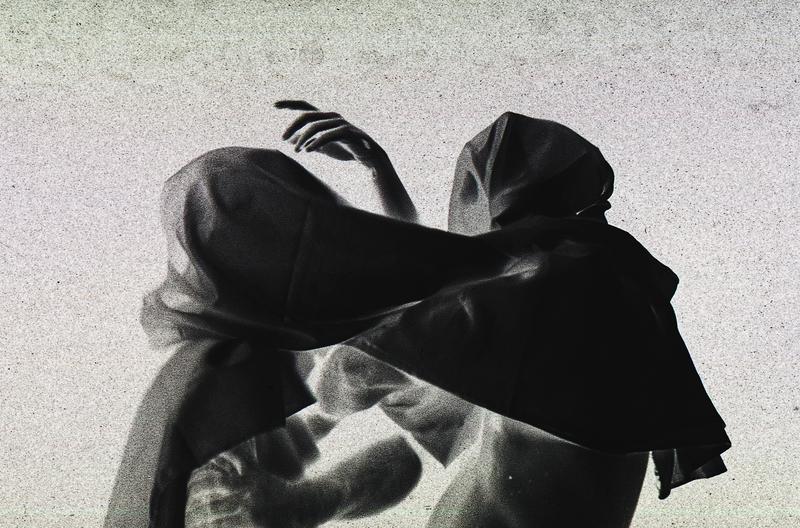by Mary Sutton
April 20, 2023
Mary Sutton is senior content editor at the Academy of American Poets and poetry editor at West Trade Review. She was formerly the NEH Scholar in Public Humanities at Library of America where she worked with Kevin Young on African American Poetry: 250 Years of Struggle and Song and the book’s companion website www.africanamericanpoetry.org.
Feast by Ina Cariño; Alice James Books; 100 pages; $17.95
While reading Ina Cariño’s début collection Feast, I was reminded of Simone de Beauvoir’s now oft-quoted maxim from The Second Sex: On ne naît pas femme: on le devient: “One is not born, but rather becomes, woman.” The instruction that fosters the becoming is generational, passed down from mother to daughter, but can be complicated by the daughter’s sense of what it means to be a woman, or by the daughter not identifying as a woman as Cariño identifies as nonbinary. Masculine and feminine are among the binaries that frame Cariño’s understandings of personhood from both outside and within: Filipinx and American; queer and femme; a speaker of Tagalog and English; and living with a disability that no one can see. The speaker in this collection must work within these dualities, while both spilling out of their borders and devouring them—consuming both the sweet and bitter in an effort to taste something different.
Feast is divided into three sections: takipsilim (dusk / twilight), ulan (rain), and balintataw (the pupil of the eye). The first section chronicles the speaker’s girlhood, or perhaps a period in which they felt largely identified by others’ expectations, particularly those circumscribed by family, the white gaze, and the looming patriarchy. Some poems in this section flash forward (“Milk,” “Triptych with Cityscape”), which can disrupt (intentionally?) the reader’s sense that the book is divided according to stages of life. Was this intentional? Is Cariño using the triptych form, in both single poems and for the overall book’s organization, to elide the reader’s expectations in yet another sense? Is the triptych a way to frame in-betweenness? Despite the deconstructive impulse, Cariño is attentive to poetic forms and voraciously explores a variety of them, seeming as nourished by the possibilities of poetry as the speaker is by the foods that create a sense of home within the body. There are contrapuntal and prose poems; poems in tercets and couplets; lines with gaping caesurae; lines that break between the syllables of words and tumble into new stanzas. The experiments with a plethora of forms is to be expected from a poet working on their first collection, as it might feel too constrictive at this stage to work well within one. If the collection were not called “feast,” Cariño’s choice might have felt indecisive, in addition to making her seem jejune, but the reader is set up by the title to expect an array of choices, even perhaps an impulse toward gluttony.
“Bitter Melon,” the poem that opens the collection, meditates on the gourd of the same name—a metaphorically convenient fruit that gets bitter as it ages—as though it were the skull of poor Yorick. Cariño uses pithy, denotative phrases that say something both about the character of the fruit and the speaker beholding it: “balsam pear, wrinkled gourd. / leafy thing raised from seed.” This poem is followed by a triptych poem, “Soiled.” Here Cariño takes the reader on a narrative journey, from the common childhood experience of dealing with lice (the repetition of the “s” an “c” sounds in this section of the poem mimics that of a comb raking across the scalp and popping the parasite’s eggs) to a little girl wanting to mimic an idea of womanhood espied in a fashion magazine (“I want to click / down stairs, down sidewalks— / heels four inches high & cigarette-thin) to a mother explaining what menstruation is and what it means (“women bleed together”). In the latter episode, the speaker listens, hearing about parts of the body “that sound celestial— / cervix, vulva. labia majora,” not yet knowing that not all women bleed but are still women, and that not all lived experiences can be materialized. The speaker’s struggle with mental illness, as depicted in “Triptych with Cityscape,” is a reminder of this: “after papa scooped me up from the psych ward / after Thanksgiving. / he warned me of a mother’s shame, & I nodded.”
Nonwhite communities still struggle to talk about mental illness and often find it harder to get access to adequate treatment, especially in the United States, where healthcare is predetermined by both financial resources and the caregiver’s ability to see you as someone who can experience pain as they do. This discrimination, coupled with the internalized idea that the expression of weakness can bring dishonor, creates a sense of anomie—hence Cariño’s choice to refer to “a mother” instead of “my mother,” to personify the feeling of being undefined. The speaker rescues themselves from the peril of this isolation by underscoring the connection to the mother by proxy, asking their father that, if they were ever found truly desperate and alone, to remind them of their maternal lineage—that is, of the blood that both nourishes and must be shed: “tell me again / of my mother & her name.”
The theme of maternity recurs via memories of the speaker cooking traditional meals with their lola, and, more explicitly, in “Birthstone,” wherein they narrate about how their mother keeps the remains of their umbilical cord, now “a brown nub,” in a jewelry box, tucked “in a small leather coin purse” that may as well be a substitute placenta. The speaker’s mother insists, “you’ll understand, when you’re a mother.” The daughter recounts the mother’s words (of reassurance? of warning?) while staring at their “handsome face in the mirror / as I check for lumps in my breasts […].” The speaker thinks about the piece of umbilical cord on days when they feel “more like a woman / than a man,” about how the funky “little heart […] might now crumble,” as all things human eventually do. The memory is a tender one, reinforcing both the mother-daughter bond, while also buttressing the speaker’s own construction of selfhood, more cohesively imagined by the time the reader reaches this poem, toward the end of the collection—a self that “wince[s] at the thought of being a mother.” This is a reaction that, from another poet, one less at home with maternal energy or the traditions of their immigrant ancestors, could have easily become Freudian, with the mother transformed into a figurative castrator trying to inhibit a feminist daughter’s possibilities and choices with words that reassert biology as destiny. Instead, the dried piece of cord reminds the speaker that connection need not be ensnared by gender; that the body, like the bits of bone and marrow on which the narrator feasts, is evidence that we exist but are as mutable as the sweetest muck and the bitterest gourd, endowed with the gift to savor both. If Cariño’s intent for this book was to remind us of the boundlessness within us all, then Feast succeeds as both an offering and a ravishing début from a young poet.
©2023 West Trade Review
__________________________________________________________________________________________________________________________________________________________________________
__________________________________________________________________________________________________________________________________________________________________________
__________________________________________________________________________________________________________________________________________________________________________
__________________________________________________________________________________________________________________________________________________________________________
__________________________________________________________________________________________________________________________________________________________________________
Eating Bitter and Sweet: A Review of Ina Cariño’s Feast
POETRY REVIEW
Stay Connected to Our Literary Community. Subscribe to Our Newsletter
Image by Mariana Montrozi from Pexels




